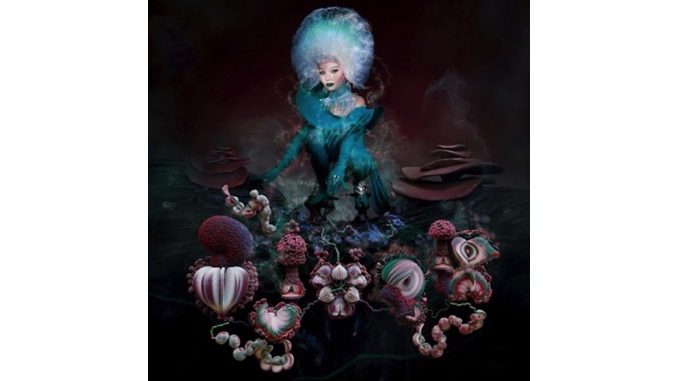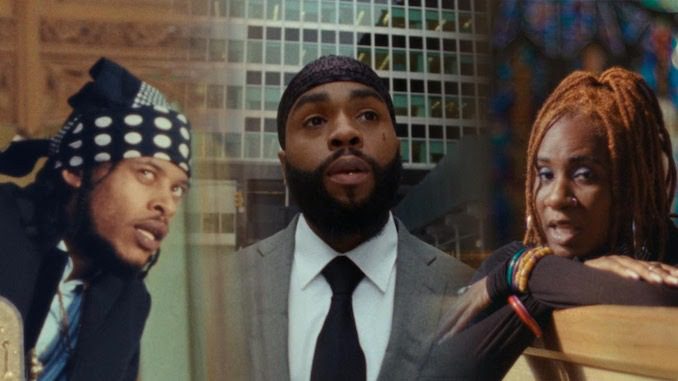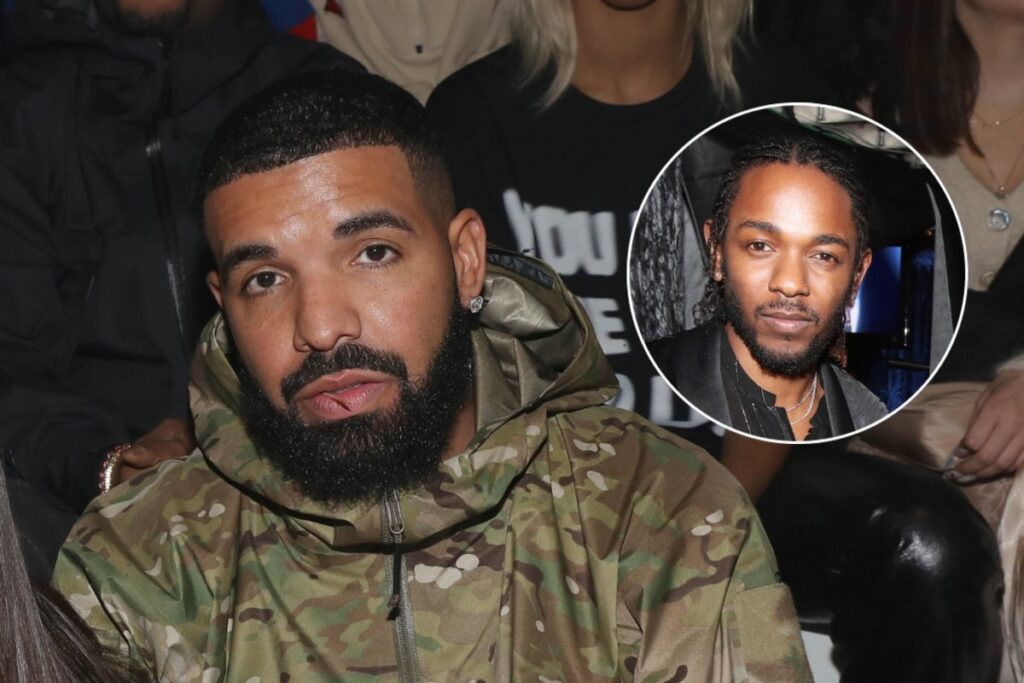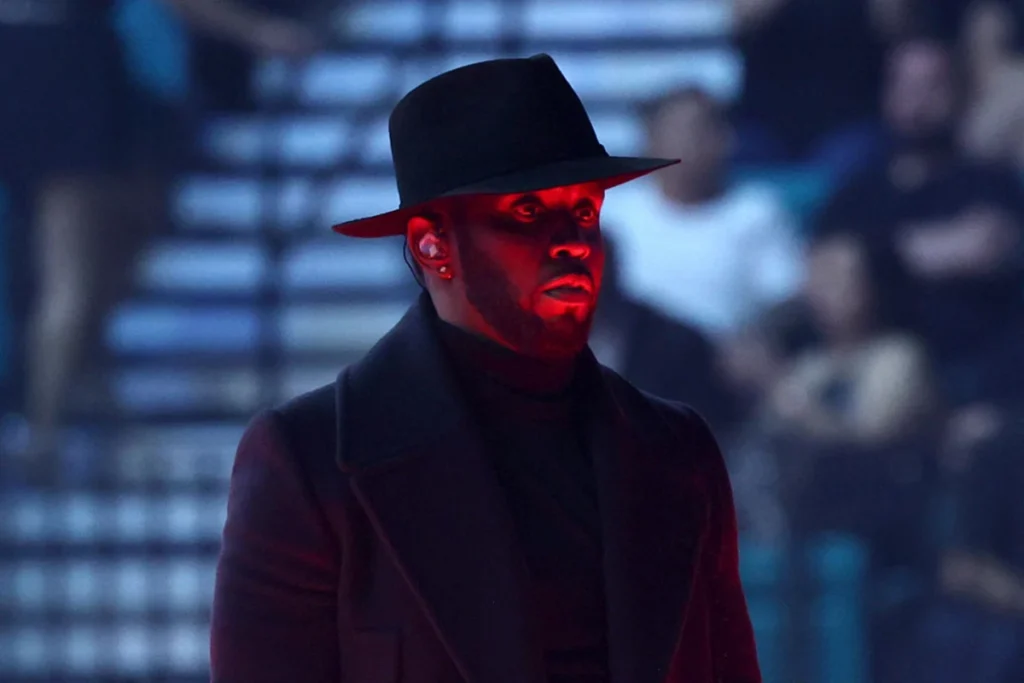Over her 30-year career, Björk’s volcanic beats, delightfully peculiar voice, thick layers of naturalistic imagery and whimsical dresses, masks and visuals have served as a front for up-close-and-personal glimpses into her life. You can feel the unparalleled Icelandic pop and electronic experimenter’s fascination with, and need for, other people in both her most spacious and bombastic recordings. Her 2017 album, Utopia, was especially remarkable since the then-52-year-old sounded like she was experiencing love for the first time. Following her difficult split with her longtime partner—who was the focus of 2001’s wintry, sensuous Vespertine and 2015’s gutting breakup album Vulnicura—she embraced new love with airy flutes, birdsong and feminist calls for unity.
In the years afterward, life tested some of her strongest connections. Her mother, the Icelandic activist Hildur Rúna Hauksdóttir, lost her battle with a long-term illness unexpectedly early. As the pandemic hit, she left New York to return to Iceland full-time. Her daughter reached adult age and moved out. If Utopia’s birdsong and flutes represented the featherlight ecstasy of infatuation, then the fungal imagery and bass clarinets of follow-up Fossora—a phrase derived from the Latin word for “she who digs”—symbolize Björk planting herself firmly in the ground, doing her best to hold herself together amid the changes.
Like a mushroom, Fossora arrives with an outer layer of dirt worth scrubbing away to get to the delights inside. The album’s often-baritone sound at first veils it in a muddy shroud: Modulated vocals sometimes substitute for percussion or bass, which can make for a disorienting listen. At other times, bass clarinet—a first-time instrument for Björk, known for building albums from new instruments—appears where you might expect higher-pitched orchestration. It sounds stern and miry, which is surprising since Björk has described the album’s music and mushroom imagery as fun, introducing a disconnect. But the handful of songs that detour from this palette and incorporate the hard techno subgenre gabber—courtesy of contributions from Indonesian duo Gabber Modus Operandi—are immediately a huge joy.
These more visceral tracks initially put up some barriers to understanding the more unorthodox ones. The more time you spend with Fossora, though, the more all the instruments feel logically placed within even Björk’s most out-there soundscapes. The murky low end slowly releases its grip from the brighter high end, peeling back each layer of the intricate arrangements, which often twist multiple vocalists and string or woodwind players into unusual shapes. Fossora is a dense, challenging experiment that gradually coheres into an immersive and sometimes unsettling experience, with occasional missteps along the way.
The album’s mushroom throughline manifests primarily in lyrics about digging roots. (There’s also a brief, gyrating electronic instrumental named “Mycelia,” the term for mushroom roots.) On the title track, as thumping bass and squawking programming descend into thrilling gabber abrasion, Björk sings of nerves that spread “at mycelium speed” and how digging into the soil “Dissolves old pain dug down to rot / Decomposes / Debris degrades.” It’s a moving metaphor for how finding firm ground can stabilize you in times of grief and reconnect you with those you’ve lost. “Sorrowful Soil,” which gorgeously evokes 2004’s vocals-only behemoth Medúlla, traffics in similar language as Björk eulogizes Hildur Rúna: “Into sorrowful soil, our roots are dug.” She’s surrounding herself with her grief in hopes of finding stability.
“Ancestress,” Björk’s epitaph for Hildur Rúna, is easily the best of Fossora’s grief songs. Across seven devastating minutes of strings, volcanic mini-beats, occasional gongs and vocal arrangements developed in collaboration with her son, Sindri Eldon Þórsson (who also contributes vocals), she honors the love her mother poured into her without overlooking her less agreeable traits. When she sings, “She invents words and adds syllables,” stretching out the last word as if reaching into the afterlife, you get the sense she sees this in herself. When she sings, “The doctors she despised / Placed a pacemaker inside her,” you instantly see the difficulties she faced while helping her mother survive. It’s a tremendous achievement in the balance among lyrical economy, vivid storytelling and generous orchestral-electronic arrangements that defines Björk’s best work.
Occasionally, though, natural imagery gets in the way of her stories. The lyrics about nebulas on “Freefall,” which transforms from bleak to playful, only show you that this is a love song. They don’t reveal much about Björk, her current partner or their relationship; the track’s earlier lyrics about songs, films, hiking and beaches paint a clearer picture. Some of her non-nature lyrics suffer this fate, too. She’s said that “Victimhood” is about her habit of deferring to others over herself, and she briefly touches upon that: “I sacrificed myself / To save us / I rejected myself.” But she never explores how being a martyr also makes you a victim. Still, though, the beguiling electronics and bass clarinets that end the track are gripping enough to keep you coming back.
The music occasionally falters, too. The reggaeton-esque beat of “Ovule,” a love song with contributions from Side Project and Rosalía’s go-to producer El Guincho, intertwines with fizzling percussion that implies an explosion to come—something like the immense drum ‘n’ bass drop of 2011’s “Crystalline,” or the rushing beats of 1995’s “Hyperballad”—but never delivers on that promise. Perhaps this is partially a consequence of the album’s sequencing, as “Ovule” follows Fossora opener “Atopos,” which ends with blitzkrieg gabber bliss that’s among the most visceral dance moments in Björk’s catalog. This aggression doesn’t fully return until nine tracks later on the aptly named instrumental “Trolla Gabba,” and then again on the back half of the title track. These explosions are among the album’s most riveting moments, but you have to clear the muck before you get to the fireworks.
That effort eventually proves worthwhile: Many of the musical risks pay off once you get accustomed to the songs. And despite her occasional failures, Björk still illuminates enough of her story to remain compelling. Light and clarity abound in Fossora closer “Her Mother’s House,” which comprises solely the cor anglais—a woodwind instrument related to the bass oboe—and diaphanous keyboards and vocals. The song is both a send-off to her daughter (“The more I love you / The stronger you become / The less you need me”) and a collaboration with her: 19-year-old Ísadóra Bjarkardóttir Barney contributes vocals and sings certain lines back to her mother. Musically, the track shares the floating awe of Utopia closer “Future Forever,” and thematically, it’s aligned with Vulnicura closer “Quicksand,” which evoked a deity-like figure watching over Björk and her daughter. She’s been readying herself for this moment for years, and on Fossora, she puts in the work to maintain her connections.
Sometimes, Max Freedman sits and writes about music, and sometimes, he just sits. Oh, and sometimes, he critiques, too. Follow him on Twitter and find his writing at Pitchfork, MTV News, The Creative Independent and, of course, here at Paste.




